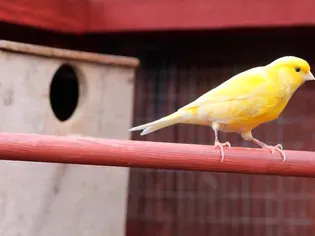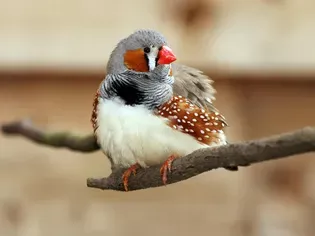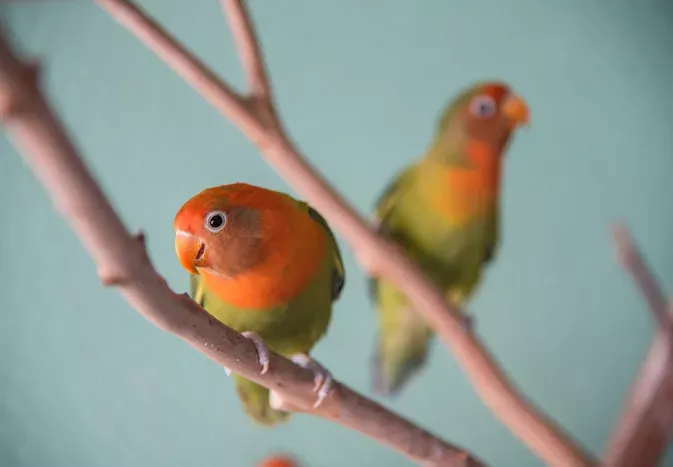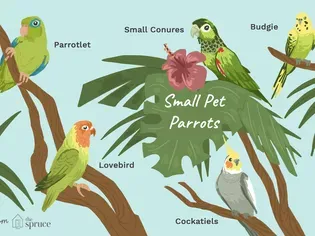Canary: Bird Species Profile
Updated on 04/26/24

Unveiling the Canary: A Symphony of Song and Color
In the vibrant tapestry of the avian world, the Canary stands out as a captivating symphony of song and color. With its melodious warbles and enchanting plumage, this captivating bird has captivated hearts and filled homes with joy for centuries. Join us on an enthralling journey as we delve into the enigmatic world of the Canary, exploring its captivating traits, fascinating history, and essential care tips.
A Chorus of Melodious Notes
The Canary's most celebrated attribute is its exquisite song. Its intricate melodies, a symphony of sweet whistles, trills, and warbles, have made it an enduring symbol of musicality. The male Canary, a virtuoso performer, dedicates hours to perfecting his repertoire, using its vocal prowess to attract a mate and defend its territory.
Beyond its natural melodies, the Canary has also been bred to possess specific singing styles, known as "rolls." These distinct patterns of notes, varying in length and complexity, are a testament to the Canary's remarkable vocal plasticity. Whether you prefer the gentle cadence of the Roller or the rapid-fire delivery of the Fife, there's a Canary roll to enchant every ear.
A Kaleidoscope of Color
While the Canary's song may captivate the ear, its plumage captivates the eye. Unlike their wild ancestors, domesticated Canaries exhibit a breathtaking array of colors, from the classic vibrant yellow to stunning hues of white, orange, red, and even green. These vibrant pigments are a result of carefully selective breeding, a testament to the human fascination with the Canary's beauty.
The Canary's plumage also plays a crucial role in its survival. Its bright coloration serves as a warning to predators, signaling that it is potentially toxic due to its diet of certain plants. Additionally, the Canary's ability to molt and regrow its feathers allows it to adapt to changing seasons and environments.
A Tapestry of History and Culture
Canaries have a rich and captivating history intertwined with human civilization. First discovered on the Canary Islands, off the coast of Africa, these birds were brought to Europe in the 15th century. Their exquisite song and adaptability quickly made them popular pets, and by the 18th century, they were being bred for their exceptional singing abilities.
Over the centuries, Canaries have been featured in art, literature, and music. They have been immortalized in paintings by renowned artists like Van Eyck and Dürer, and their songs have inspired composers such as Handel and Mozart. Canaries have also had a practical role in history, used by miners to detect dangerous gases due to their sensitivity to carbon monoxide.
Essential Care for a Happy Canary
Bringing a Canary into your home is a rewarding experience, but it requires responsible care to ensure its well-being. Here are some essential tips to keep your feathered companion healthy and content:
* Cage: Provide a spacious cage with plenty of room for movement and play. The cage should include perches, toys, and a nest box for sleeping.
* Diet: Canaries primarily feed on a seed mix specifically formulated for their dietary needs. Supplement their diet with fresh fruits, vegetables, and occasionally live insects for variety.
* Sunlight: Canaries require access to natural sunlight for optimal health. Place their cage near a window or take them outside for supervised sun exposure.
* Hygiene: Regularly clean the cage, food and water dishes, and perches to prevent the buildup of bacteria and promote a healthy environment.
* Attention: Canaries thrive on social interaction. Spend time with your Canary, talk to it, and engage in gentle petting to build a strong bond.
Examples of Canaries in Captivity
* Yellow Roller Canary: Renowned for its rich yellow plumage and intricate roll, the Yellow Roller Canary is a popular choice for bird enthusiasts.
* Red Factor Canary: This striking Canary exhibits a deep red coloration, a result of selective breeding. Its vibrant hue and captivating song make it a captivating companion.
* Crested Canary: The Crested Canary stands out with its distinctive head crest, resembling a feathered crown. Its gentle demeanor and melodious song make it a charming addition to any home.
Conclusion
The Canary is an extraordinary bird that captivates with its enchanting song, vibrant plumage, and enduring charm. Its captivating traits have made it a beloved companion for centuries. Whether you are a seasoned bird enthusiast or a curious newcomer, bringing a Canary into your life is a rewarding experience that will fill your home with joy and melody.
Explore More Pets

Small Bird Breeds
Gloster Canary: Bird Species Profile

Small Bird Breeds
Java Finch: Bird Species Profile

Small Bird Breeds
Zebra Finch (Chestnut-Eared Finch): Bird Species Profile

Small Bird Breeds
Alexandrine Parakeet: Species Characteristics & Care

Small Bird Breeds
Lovebird (Pocket Parrot) Species Profile

Small Bird Breeds
A Guide to Pet Budgie Birds

Small Bird Breeds
Types of Small Parrots

Medium Birds Breeds
Sun Conure: Bird Species Profile